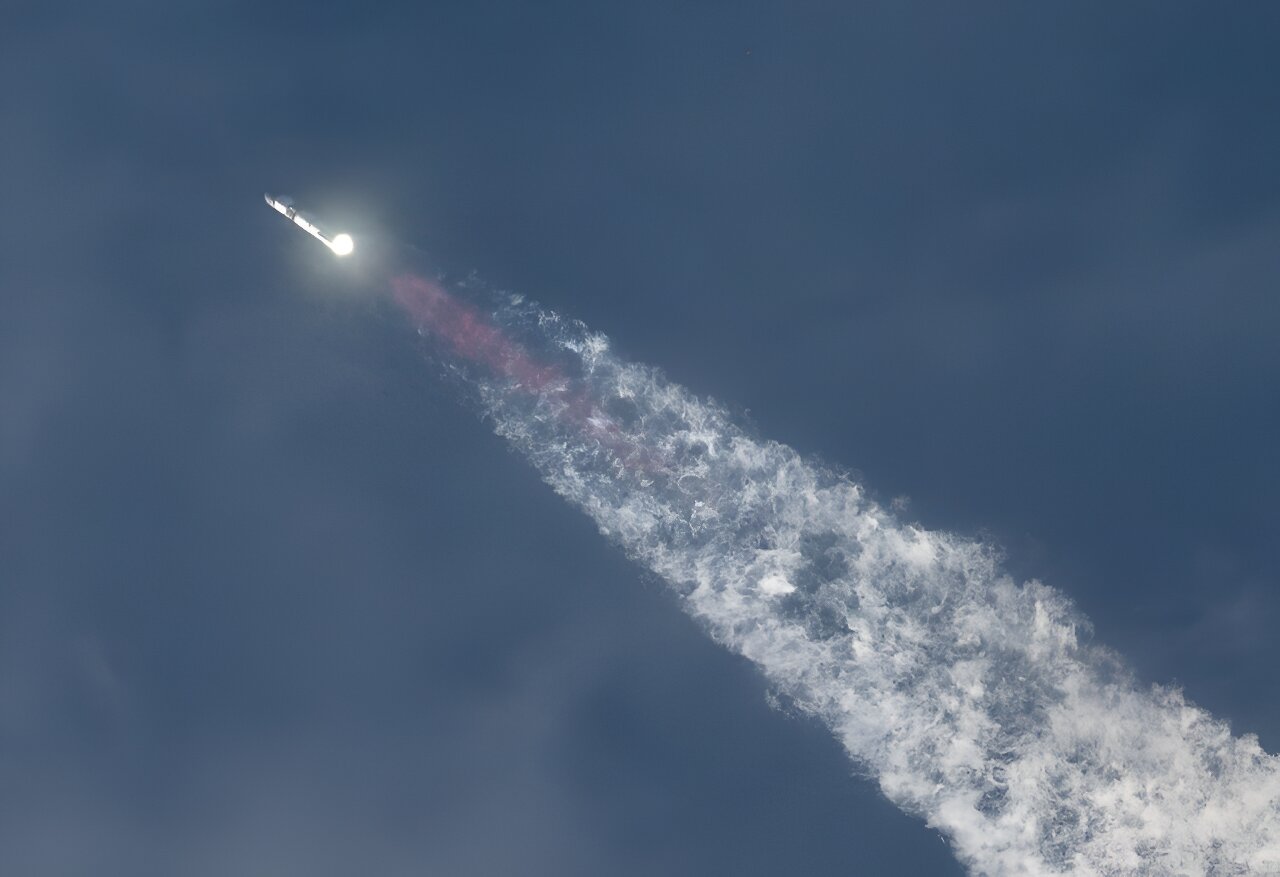SpaceX will conduct the fourth flight test of its super-powered rocket next month. The launch window will open on the afternoon of June 5th.

New Starship Test
The world’s most powerful Starship rocket would make its next test flight on June 5, SpaceX announced on Friday. The launch window from the company’s starbase in Boca Chica, Texas, opens at 7:00 am local time (1200 GMT). Unless, of course, the company gets permission from the regulatory authorities.
This will be the fourth test of the majestic mega-rocket, which is vital for NASA’s plans to land astronauts on the Moon later this decade, as well as for SpaceX CEO Elon Musk’s hopes for the possible colonization of Mars.
Three previous attempts ended with the destruction of the spacecraft. According to the company, this is an acceptable price in its fast trial-and-error approach to development.
Spacecraft flight planning
“The fourth flight test turns our focus from achieving orbit to demonstrating the ability to return and reuse Starship and Super Heavy,” SpaceX said in a statement. Super Heavy is a launch vehicle, while Starship refers to both the upper stage and the two stages combined.
The flight path would be similar to the third test, which took place in March, when Starship flew halfway around the globe before being lost upon re-entry over the Indian Ocean. This time, SpaceX hopes to achieve a soft landing of the booster stage in the Gulf of Mexico and a “controlled entry” for the upper stage.
SpaceX Achievements
Designed for full reuse, the Starship is 121 meters high with both steps together — it is 28 meters taller than the Statue of Liberty.
Its superheavy booster produces 74.3 meganewtons of thrust, which is almost twice as much as the second most powerful rocket in the world, NASA’s Space Launch System, although the latter has already been certified, while Starship is still a prototype.
SpaceX’s strategy of conducting tests in the real world rather than in laboratories has paid off in the past. Its Falcon 9 rockets have become workhorses for NASA and the commercial sector, the Dragon capsule sends astronauts and cargo to the International Space Station, and the constellation of Starlink Internet satellites operates in dozens of countries.
According to phys.org


